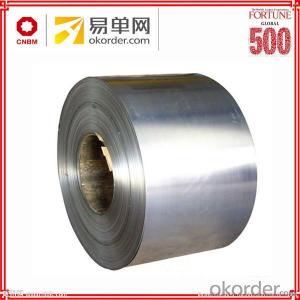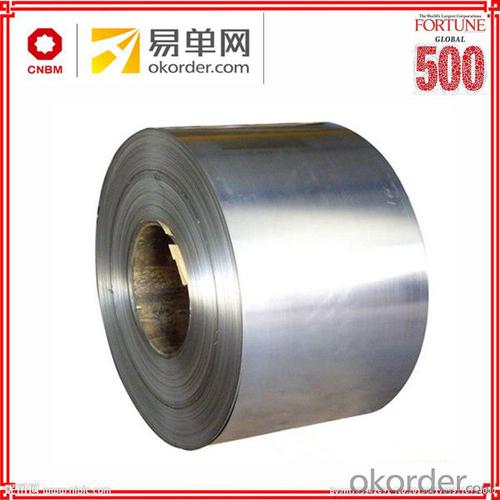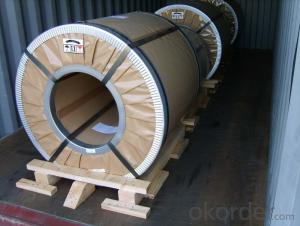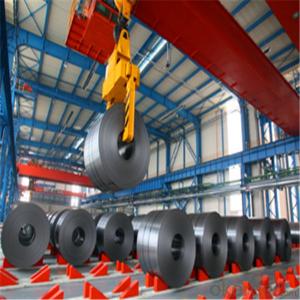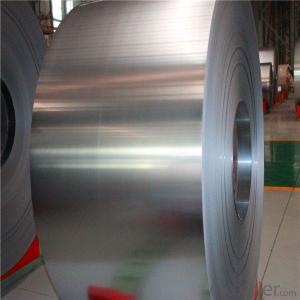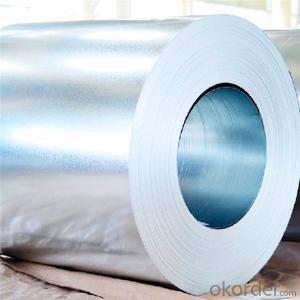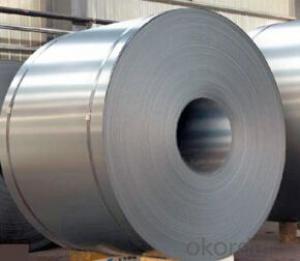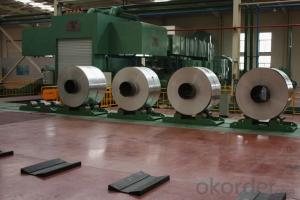Spec spcc cold rolled steel coil free samples
- Loading Port:
- Tianjin
- Payment Terms:
- TT OR LC
- Min Order Qty:
- 50 m.t.
- Supply Capability:
- 61245 m.t./month
OKorder Service Pledge
OKorder Financial Service
You Might Also Like
Specification
Rust-preventative oils are different than forming lubricants in that they contain special corrosion-inhibiting additions. In addition to the oil, Curtis Steel maintains clean, dry environments in climate controlled warehouses at all its facilities to ensure our coils and sheets arrive to you in prime condition.
Cold rolled sheet products have been available for many, many years, and have been successfully used for a multitude of applications. Today's cold rolled sheet products are much improved over those used in the past. They offer better control of thickness, shape, width, surface finish, and other special quality features that compliment the emerging need for highly engineered end use applications
Standard and Grade :
Cold rolled steel coils | ||||
JIS G3141-2005 | EN10130-2006 | ASTM A1008-12a | ||
Commercial quality | SPCC | DC01 | CS Type A/B/C | |
Drawing quality | SPCD | DC03 | DS Type A/B | |
Deep drawing quality | SPCE SPCF(non aging) | DC04 | DDS | |
Extra deep drawing quality | SPCG(non aging) | DC05/06 | EDDS | |
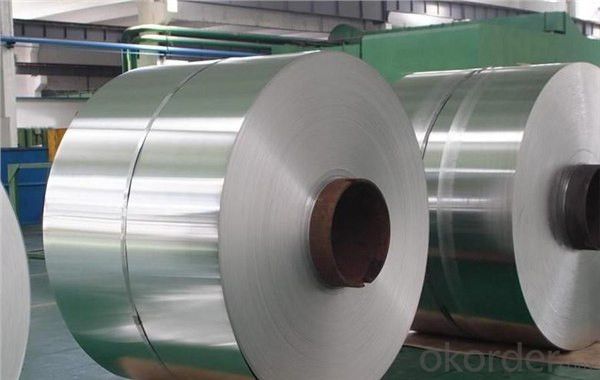
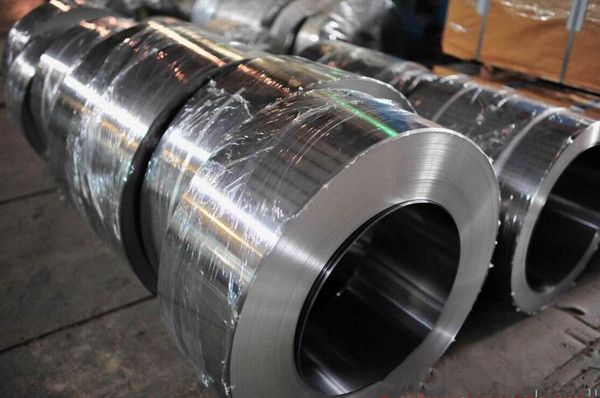
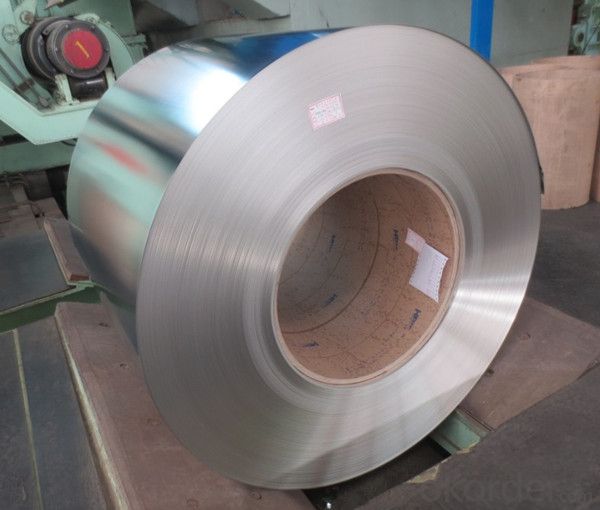
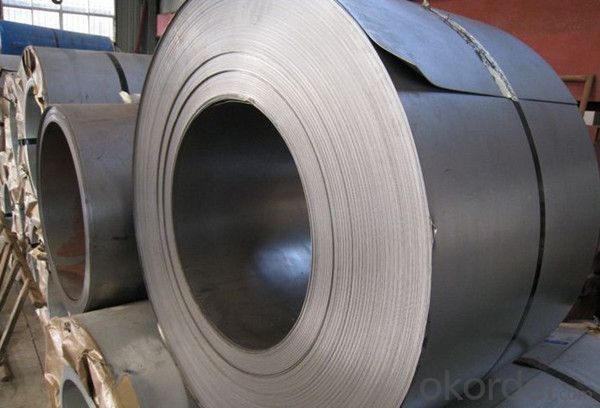
Application :
Automobile Industry, White Goods, Home Applicances, Oil & Air filters, semi product for coating with enamel or zinc,
construction & building sector, air-conditioning, furniture, radiators, tubes, profiles, mechanical construction, shelving,
containers, drums
Packing:
Packaging Detail | The packing of coil consists of anti-damp paper ,PVC film ,hardboard paper , steel box , strapped with steel strips, fitted with locks and edge protectors and guarantees the optimal condition of the delivered goods. Each coil can be additionally fitted with wooden/steel skids(eye of the side) or wooden pallets(eye of the sky) |
Delivery Time | within 30 days of receipt of LC original or prepayment |
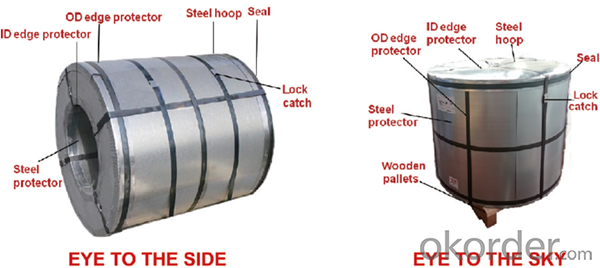
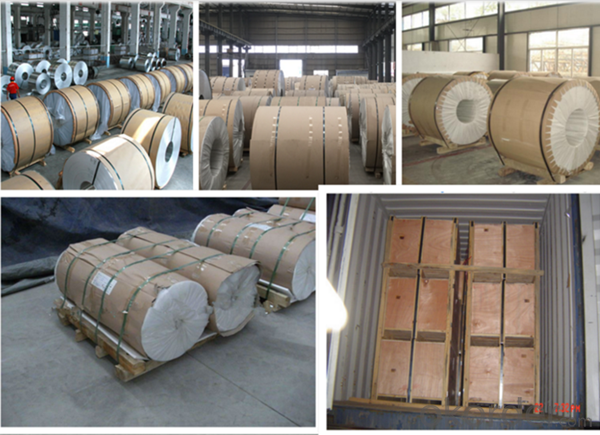
FAQ:
1. Can you offer OEM to me? What about MOQ?
Of course, we are a professional with OEM manufacturer for 9 years. the MOQ can be 50 ton/ order..
2. How to guarantee the quality of the products?
We have established the international advanced quality management system,every link from raw material to final product we have strict quality test;We resolutely put an end to unqualified products flowing into the market. At the same time, we will provide necessary follow-up service assurance.
3. How long can we receive the product after purchase?
Usually within thirty working days after receiving buyer’s advance payment or LC. We will arrange the factory manufacturing as soon as possible. The cargo readiness usually takes 15-25 days, but the shipment will depend on the vessel situation.
4.How Can I Get Some Sample?
We are honored to offer you free sample, but courier charges will be on your side.
- Q: I have heard using the BRASS casing is the best thing for an AR-15? Should i just use Brass or Steel?
- Unfortunately, steel case ammo being actually harmful for your AR is a quite popular myth. Steel is less malleable than brass. When you fire a brass cartridge, the brass expands to the chamber walls and helps block any expanding cases from dirtying up your chamber. When firing steel cartridges, the steel doesn't expand as well as brass, so you probably will end up getting a little carbon residue in the chamber. This tiny amount of carbon in the chamber is enough to make extraction of brass cased ammo more difficult. When the brass expands to the dirty chamber after firing steel ammo, it conforms to the carbon residue somewhat, increasing friction. This small amount of friction is sometimes enough to make a normally okay AR malfunction when attempting to eject a fired cartridge. So to give you a short answer, use both! Just make sure to really clean out the chamber after firing steel ammo.
- Q: I noticed a friend's appliances are not magnetic, and mine are. Both are stainless steel. Are there two types of stainless steel or something? Thanks
- There are many types of stainless steel. Some are magnetic and some are non-magnetic. The magnetic properties of stainless steel are very dependent on the elements added into the alloy, and specifically the addition of nickel can change the structure from magnetic to non-magnetic. Poor heat treatment or high heat input welding of normal or high carbon austenitic stainless steels will cause sensitization, ie formation of chromium carbides. The formation of carbides not only reduces the corrosion resistance of the stainless steel but also tends to form martensite around the carbide. This martensite is magnetic and the more severe the sensitisation, the stronger are the magnetic properties. When nickel is added, for instance, the austenite structure of iron is stabilized. This crystal structure makes such steels non-magnetic and less brittle at low temperatures. Martensitic stainless steels are magnetic. *Wrought, austenitic stainless steels, such as 304 and 316, are generally regarded as non-magnetic in the annealed condition, ie they are not attracted significantly by a magnet. However, if they are cold worked they will be attracted to a permanent magnet. The change occurs because the cold work deformation induces a transformation of the microstructure from austenite to martensite. The effect is less marked in alloys with high concentrations of austenite stabilisers such as nickel, nitrogen and carbon. Once the martensite is formed, it may also become magnetised. *In contrast to the austenitic alloys, ferritic stainless steels such as 409 or 3Cr12/5Cr12 and martensitic stainless steels such as 420, are strongly attracted to a magnet even in the annealed state. The duplex and super-duplex stainless steels will also be strongly attracted because they contain about 50% ferrite in their microstructure. *
- Q: Iron too heavy for Ulysses but if there was any iron used id imagine it was steel. Can steel go deeper into sun than iron? Compare two bolts.. 1steel 1iron..is there a difference to what the steel can do?
- Dont understand are you going to put them in sun ? Sun made from gas wich is on fire. Its impossible to get to the sun and not to get burn. Steel is really more solid and strong than iron so its more hard to break it or to bend. But in camparing of fusion temperature - iron is a bit more better, though it would not make a big difference .From metals - tungsten has the highest fusion temperature - near to 3400 C . Iron is near to 1530 C, steel is near to 1300 -1500 C. So according to this tungsten can go most close to sun. Right near the sun temperature is millions of degrees so anything will fuse and burn there.
- Q: How are steel coils used in the manufacturing of mining equipment?
- Steel coils are used in the manufacturing of mining equipment to provide strength and durability to crucial components such as chassis, buckets, and structural frameworks. These coils are formed into various shapes and sizes, then welded or bolted together to create robust and reliable machinery capable of withstanding the harsh conditions and heavy loads encountered in mining operations.
- Q: How are steel coils used in the oil and gas industry?
- Steel coils are used in the oil and gas industry for various purposes such as storage, transportation, and processing of oil and gas products. These coils are commonly used in the construction of pipelines, tanks, and equipment due to their strength, durability, and resistance to corrosion. They are also utilized in the production of offshore platforms and drilling rigs. Overall, steel coils play a crucial role in ensuring the efficient and safe extraction, transportation, and processing of oil and gas resources.
- Q: What are the different types of steel coil surface finishes for aesthetics?
- For aesthetic purposes, steel coil surface finishes come in various types. These finishes are applied to the steel coil surface to improve its appearance and achieve the desired aesthetic appeal. Some popular steel coil surface finishes are: 1. Polished Finish: Achieved by using abrasive materials, this finish creates a smooth and reflective surface on the steel coil. Different levels of polishing can further enhance its high-gloss appearance. 2. Satin Finish: Also known as brushed finish, this type of surface finish involves using fine abrasives to achieve a soft and matte appearance on the steel coil. It provides a subtle sheen and a textured effect. 3. Etched Finish: This finish involves a chemical process to create patterns or designs on the steel coil surface. It is commonly used for architectural applications, as it allows for intricate and decorative designs. 4. Embossed Finish: By pressing or stamping a pattern onto the steel coil surface, this finish creates a raised design that adds texture and visual interest. 5. Powder Coated Finish: A dry powder is applied to the steel coil and then heated, resulting in a protective and decorative coating. Available in a wide range of colors, it provides a durable and vibrant finish. 6. Painted Finish: This finish involves applying a layer of paint to the steel coil surface. It allows for customization in terms of color and provides protection against corrosion and environmental factors. These examples highlight the different steel coil surface finishes available for aesthetic purposes. Each finish offers a unique appearance and can be selected based on personal preferences and project requirements.
- Q: what is the chemical process that makes steel harder when it is heated and cooled rapidly?what does the heating of it do to the atoms?what does the cooling of it do to the atoms?what makes tempered steel so strong compared to untempered steel?
- You can't temper all steels. Generally the material must be a high-carbon or tool steel. Different alloys temper differently, and tempering is usually done to get a specific set of characteristics, so you must know what you are working with and use the right methods and temperature. If you do it wrong, the material may be hard but too brittle for the purpose or have other issues. It can be simple, such as heating to a dull red, carbonizing the surface (use an acetylene rich flame until it blackens the surface) and oil quenching. Do that to a piece of tool steel (like a screwdriver) and it will case (surface) harden it to the point you can't scratch it with a file. Tempering changes the way the molecular structure in the metal is linked and oriented.
- Q: What are the different methods of surface inspection for steel coils?
- Steel coils can undergo surface inspection using various methods, each with its advantages and limitations. Among the commonly used techniques are: 1. Visual Inspection: Inspectors visually examine the steel coil surface for defects like scratches, dents, or discoloration. Though subjective and reliant on inspector expertise, this method proves cost-effective for detecting obvious defects. 2. Magnetic Particle Inspection (MPI): This method involves applying a magnetic field to the coil and then iron particles on the surface. Disruptions in the magnetic field caused by defects or cracks gather the particles, making the flaws visible. MPI effectively detects surface cracks and defects not easily seen by the naked eye. 3. Eddy Current Testing (ECT): ECT, a non-destructive testing method, employs electromagnetic induction to identify surface defects in steel coils. A probe with a coil generates an alternating magnetic field near the coil surface. Changes in electrical conductivity or magnetic permeability due to surface defects lead to a change in the induced current, which can be analyzed. ECT successfully identifies cracks, corrosion, and other surface irregularities. 4. Ultrasonic Testing (UT): High-frequency sound waves are used to examine both the surface and subsurface of steel coils. A transducer sends ultrasonic waves into the steel, and the reflected waves are analyzed to detect material changes or anomalies. UT effectively identifies cracks, delaminations, or voids within the coil, providing valuable insights into the steel's structural integrity. 5. Optical Inspection: This technique utilizes advanced imaging techniques like cameras or laser scanners to capture high-resolution images of the coil surface. These images are then analyzed for defects such as scratches, pits, or irregularities. Optical inspection provides detailed information and is often used alongside other methods for a comprehensive inspection. It is important to note that each method has its limitations and may be more suitable for specific defect types or surface conditions. Therefore, a combination of these techniques is often employed to ensure a thorough and accurate inspection of steel coils.
- Q: What are the different types of steel coil cutting tools?
- There are several types of steel coil cutting tools, including slitting shears, rotary slitters, flying shears, and laser cutters. Each tool is designed to cut steel coils into specific shapes and dimensions, depending on the desired end product.
- Q: Can one assume that stainless steel that can be hardened is magnetic?
- All steels are hardenable if you use the right process. Most stainless steels are magnetic but usually more weakly than mild steel.
Send your message to us
Spec spcc cold rolled steel coil free samples
- Loading Port:
- Tianjin
- Payment Terms:
- TT OR LC
- Min Order Qty:
- 50 m.t.
- Supply Capability:
- 61245 m.t./month
OKorder Service Pledge
OKorder Financial Service
Similar products
Hot products
Hot Searches
Related keywords
